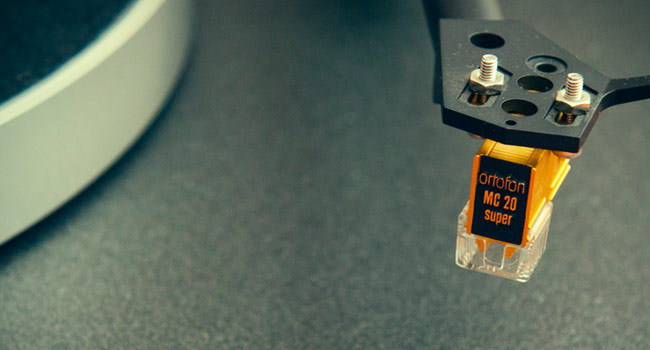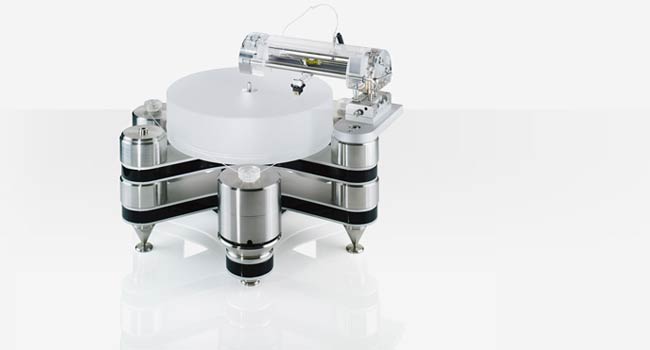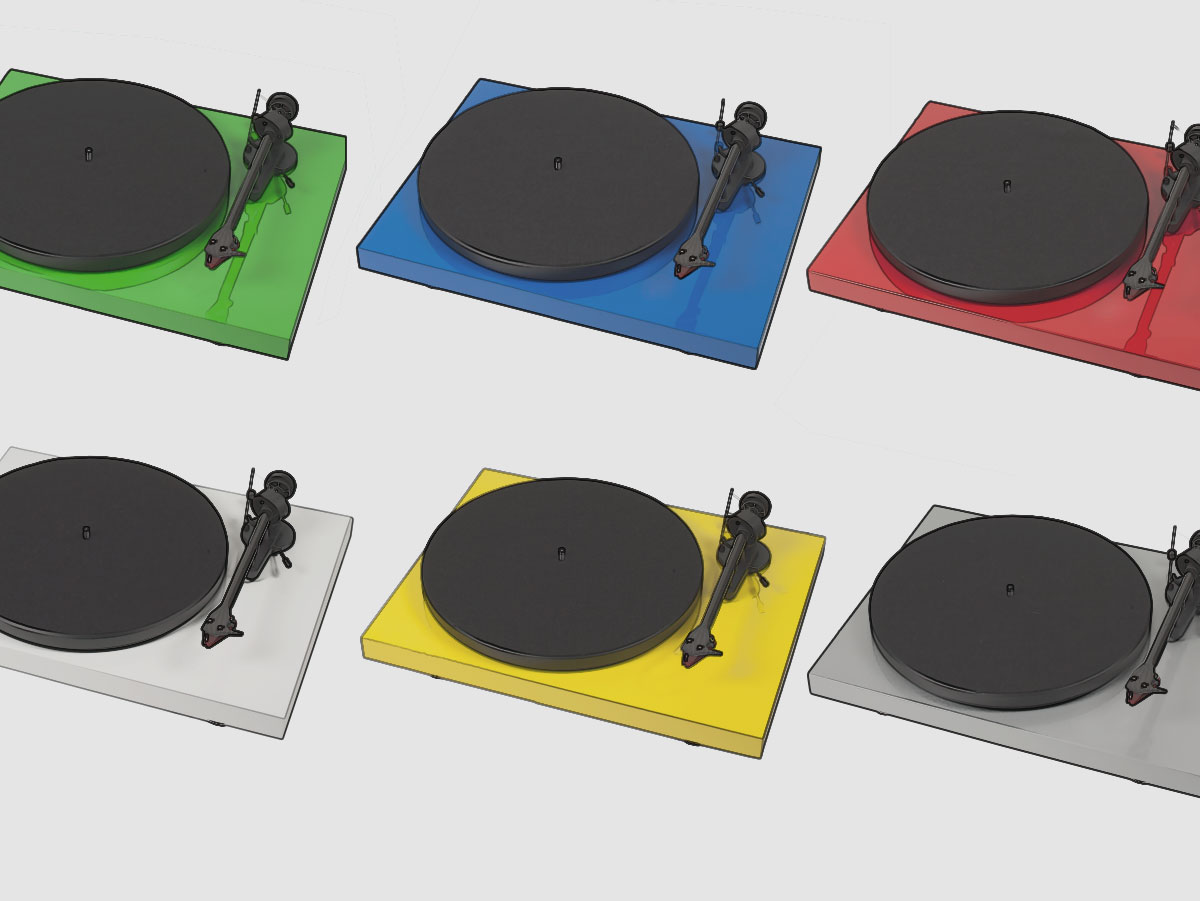- Published Mar 19, 2014 in Gear Garage
The sound quality of your turntable should be greater than the sum of its parts. Start by upgrading the cartridge and go from there.
If you've been following along since the beginning, you now have a pretty good picture of how music gets recorded onto vinyl. This seems like a good time to talk about record players and especially phono cartridges. I won't even try to tell you what turntable is right for you—there are many factors to consider. But, I can say for sure that you really do get what you pay for.
Choosing a cartridge.
Not all records are “challenging” for the stylus. The least expensive cartridges will play back non-challenging grooves just fine. A $30 cartridge on a $150 table will probably have problems with higher levels and high frequencies, whereas more expensive cartridges almost always provide truer playback.
But—there’s always a but—cartridges and turntables built for DJ use,even though expensive, are not the best at reproducing crystal clear music. That’s because the DJ cartridge has to be sturdy: it doesn't give as easily and is weighted more. As a result it can distort on high frequency material. My favorite cartridge is one that balances all these issues. And since I don't have an endorsement deal, you'll have to ask your hi-fi shop what equipment suits your style and wallet best.
 Photo: Indigo Skies Photography
Photo: Indigo Skies Photography
High-end cartridges by makers like Ortofon can make a big difference in sound quality.
About that sound quality.
It’s interesting to note that the distortion we hear on sibilant vocal “esses” and cymbals is almost always NOT in the cut or the groove of the record. The distortion you hear when playing back is a function of the quality of the cartridge, the condition of the record and how squiggly the groove is. It’s the mastering engineer’s job to find the right compromise between level, brightness and playability. And it is always a compromise.
For example, I was once asked to restore some solo trumpet music. The masters had been lost. The client made transfers at a pro studio from mint vinyl before bringing me the digital files to clean up. The record noise was not the worst issue. The main problem was the horrifically bad ripping distortion on the muted trumpet. By the way, Harmon muted trumpet is a big challenge to cut cleanly as it has tons of high frequency content.
I knew that only stereo splatter could make that sound.
I tried everything I knew to reduce the distortion to acceptable levels, but I wasn't getting anything I could use. It was a mono recording played back by a stereo cartridge, and I was working on just one channel at a time. But when I played back the stereo transfer, my ear immediately recognized the source of the clipping. What was thought to be peak distortion was actually caused by stereo “splatter.” It sounded like the trumpet suddenly went from mono to stereo and back, but only on the bright passages. I knew that only stereo splatter could make that sound. The cartridge they had used for the transfer was unable to track those high frequency waves accurately.
I stopped what I was doing and contacted the client, asking them to send me their vinyl copies so that I could try a transfer myself. They were very hesitant, as they had spent a lot of money already to transfer and clean these recordings. (I forgot to mention it was a multi–disk box set!) But I insisted. When I played their vinyl on my best cartridge it was a beautiful thing. There was absolutely zero distortion. It sounded perfect. I played that same passage back on my cheaper setup and not surprisingly that ripping distortion was back.
The moral of the story.
So, if you hear sibilant esses and a sort of glassy sheen on most of your vinyl, you probably could use a better or newer cartridge. Also, turntables need to be setup properly to achieve optimal results. Your record store turntable guru can help, or, if you want to do it yourself, get this very good DVD: Michael Fremer’s Practical Guide to Turntable Set-Up.
It is often frustrating for our clients—and for my cutting engineers—when a producer gets his test pressing and doesn’t like what he hears. We have to wonder, How old is their cartridge? Was it setup properly? Is the stylus clean? Is the turntable causing rumble or interference? Has the turntable been listened to regularly or was it dusted off and plugged in this morning to play back this one piece of vinyl?

Sure you get what you pay for, but at $28,000, getting what you pay for could also mean having a minivan instead of this turntable.
The fact that each turntable and cartridge sounds different makes it very hard to control the quality of masters and pressings. If you use a very expensive cartridge and turntable then nearly everything sounds perfect. If you use a low grade consumer turntable as your measuring stick, then everything sounds distorted to some degree. Somehow you need to determine what level and how bright to make the music.
In my opinion, the best results are achieved by looking at both extremes. Then I try to determine what a typical listener will be using for playback. Then we come up with a compromise that fits our music and our listener. Yes, it’s more work and costs more money to give a cut this kind of attention. But like I said, you get what you pay for.

